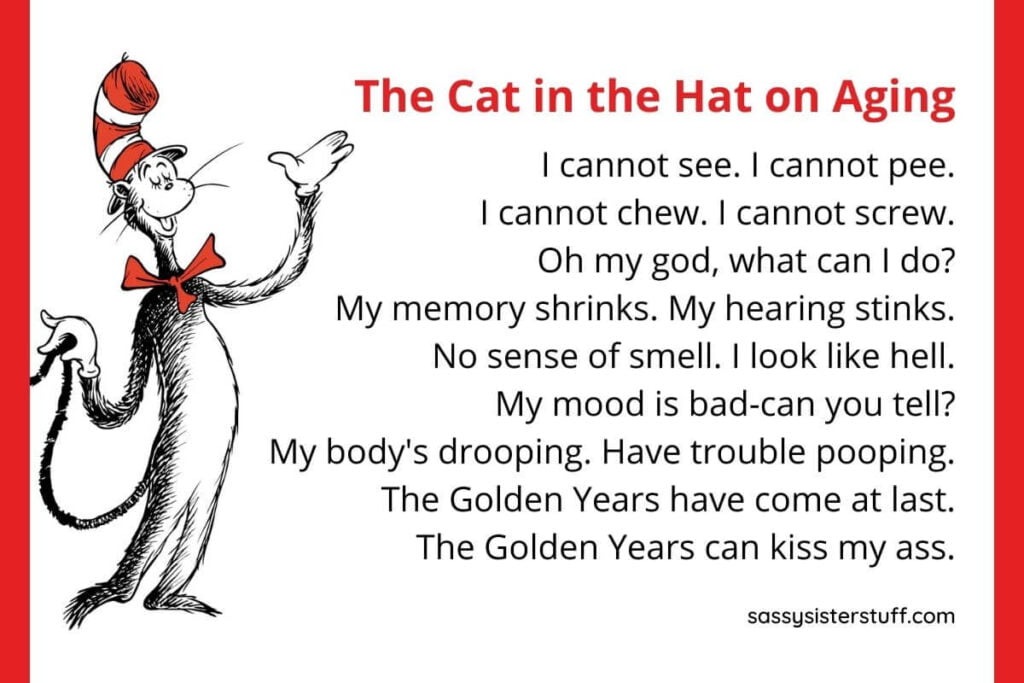The latest information about The Cat In The Hat Moral Lesson that you need can be found in this article, all of which we have summarized well.

The Enduring Moral Lesson of “The Cat in the Hat”
As a child, I distinctly recall poring over the pages of Dr. Seuss’s whimsical masterpiece, “The Cat in the Hat.” Its vibrant illustrations and playful rhymes captivated my imagination, leaving an indelible mark on my young mind. Yet, beneath its seemingly lighthearted exterior, this beloved children’s classic conceals a treasure trove of moral lessons that have profoundly shaped my values and beliefs.
Within the tale’s mischievous chaos, a timeless truth emerges: the importance of obedience and respect for authority. Through the antics of the Cat and his cohorts, the consequences of disobeying rules and boundaries are vividly portrayed. The children’s excitement at the Cat’s arrival quickly spirals into turmoil as they indulge in reckless behavior, wreaking havoc throughout their home.
The Consequences of Disobedience
As the children gleefully embrace their newfound freedom, their actions spiral out of control. The house transforms into a chaotic mess, with paint splattered across the walls, furniture toppled over, and goldfish swimming freely through the living room. The consequences of their disobedience are immediate and undeniable. They face the wrath of their mother, who swiftly punishes them for their reckless behavior.
Through this cautionary tale, children learn the importance of listening to their elders and respecting the rules that are in place for their safety and well-being. By disobeying the Cat’s simple instructions to “not touch anything,” the children open themselves up to a world of trouble. This lesson extends beyond the realm of childhood and into adulthood, where respecting authority figures and adhering to societal norms are essential for maintaining order and harmony.
The Virtue of Responsibility
Another profound message woven into the fabric of “The Cat in the Hat” is the significance of responsibility. When the children are left unsupervised, they succumb to their impulsive desires, causing chaos and destruction. However, upon the Fish’s arrival, they are confronted with the consequences of their actions and forced to take ownership of their mistakes.
The Fish, representing wisdom and accountability, guides the children in cleaning up their mess and restoring order to their home. Through this process, they learn the importance of being responsible for their choices and the profound impact their actions can have on themselves and others. As they diligently work together to rectify the situation, the children develop a sense of pride and accomplishment, reinforcing the value of accountability.
The Power of Redemption
Despite the chaos and mischief that ensues, “The Cat in the Hat” also imparts a powerful message of redemption. When the children’s mother returns home, she is initially furious at the state of her house. However, upon seeing her children’s remorse and their efforts to clean up their mess, she extends forgiveness and grace.
This teaches children that even when they make mistakes or behave poorly, they have the power to redeem themselves through their actions. By taking responsibility for their wrongdoing and working to make amends, they can regain the trust and respect of others. This valuable lesson encourages children to strive for personal growth and to learn from their mistakes, fostering a spirit of resilience and perseverance.
Tips and Expert Advice for Parents
As parents, we can harness the wisdom embedded in “The Cat in the Hat” to guide our children’s moral development.
- Emphasize Obedience and Respect: Explain to your children the reasons behind rules and boundaries, and help them understand the consequences of disobeying them.
- Foster Responsibility: Give children age-appropriate chores and tasks to help them develop a sense of responsibility and pride in their accomplishments.
- Teach the Value of Redemption: When children make mistakes, help them to understand the importance of apologizing, taking responsibility, and making amends. This will encourage them to learn from their errors and strive for personal growth.
By incorporating these principles into our parenting practices, we can empower our children to become responsible, respectful, and compassionate individuals.
FAQs
Q: What is the main moral lesson of “The Cat in the Hat”?
A: The importance of obedience, respect for authority, responsibility, and redemption.
Q: How does the story teach children about responsibility?
A: Through the consequences of their actions and the process of cleaning up their mess, the children learn to take ownership of their mistakes and the value of accountability.
Q: What is the role of the Fish in the story?
A: The Fish represents wisdom and accountability, guiding the children in rectifying their mistakes and instilling in them the importance of redemption.
Conclusion
“The Cat in the Hat” is not merely a whimsical tale of chaotic fun; it is a timeless fable that imparts profound moral lessons that resonate throughout our lives. Through its captivating characters and engaging storyline, this beloved classic teaches children the significance of obedience, respect, responsibility, and redemption. By embracing these principles, we can nurture our children’s moral development and empower them to become compassionate, responsible, and ethical individuals.
Are you interested in learning more about the enduring legacy of “The Cat in the Hat” or exploring other classic children’s stories that impart valuable moral lessons? Join the conversation in the comments section below and share your thoughts and experiences.

Image: www.sassysisterstuff.com
You have read an article about The Cat In The Hat Moral Lesson. Thank you for visiting our website and taking the time to read. We hope you benefit from The Cat In The Hat Moral Lesson.

 Hogki.com Trusted Information and Education News Media
Hogki.com Trusted Information and Education News Media